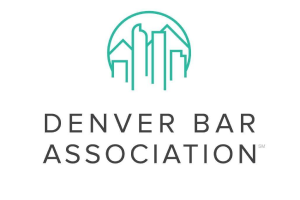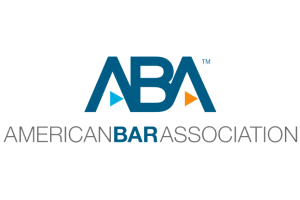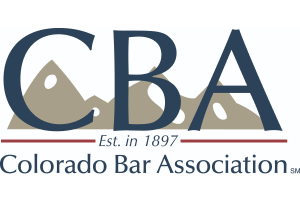Built on Trust, Focused on Results
Denver Failure to Provide Information or Render Aid
(C.R.S. 42-4-1603 + 42-4-1601 / 1602 / 1606)
Leaving the scene without exchanging information or assisting an injured person is one of the most misunderstood traffic crimes in Colorado. Drivers often think:
“No one was hurt — I’ll just deal with insurance later.”
But under Colorado law, failing to perform your post-accident duties is a criminal offense — and one that prosecutors take seriously.
✅ What the Law Actually Requires
C.R.S. 42-4-1603 + 42-4-1601 / 42-4-1602 / 42-4-1606
Colorado law imposes three mandatory duties on a driver involved in a crash with:
- Injury,
- Serious bodily injury (SBI),
- Death, or
- Damage to a vehicle driven, attended, or even occupied by a passenger.
You must:
- Stop at the scene (or as close as safely possible). C.R.S. 42-4-1601(1) / 42-4-1602(1)
- Remain at the scene until all statutory duties are completed.
- Perform the required duties under C.R.S. 42-4-1603(1):
- Provide name, address, and registration number
- Exhibit your driver’s license upon request
- Render reasonable assistance (including arranging medical transport if needed/requested)
If no one is capable of receiving the information AND no officer is present:
➤ Under C.R.S. 42-4-1603(2) you must report the crash to the nearest law enforcement agency
and provide the same identifying information.
Separately:
➤ Under C.R.S. 42-4-1606, the driver must report the accident to law enforcement.
This duty applies regardless of whether:
- someone else already called 911,
- police are en route, or
- the officer ultimately arrives on scene.
✅ 1603 = duties
❌ 1603 is NOT a standalone charge (no penalty language)
⚖️ The penalty comes from 1601, 1602, or 1606, depending on the case.
⚠️ Penalties (How It’s Really Charged)
Because 1603 has no penalty, police charge the paired offense:
| Penal Statute | Type of Crash | Charge Level | Points |
|---|---|---|---|
| 42-4-1602 | Attended vehicle (driver, occupant, or passenger present) | Class 2 misdemeanor traffic | 12 |
| 42-4-1601 | Bodily injury / SBI / death | Misdemeanor or felony | 12 / felony |
| 42-4-1606 | Failure to report | Class 2 misdemeanor traffic | 12 |
Even a misdemeanor can mean:
- Jail time
- 12-point hit to your license
- Restitution
- Permanent criminal record
⚠️ “Charge Stacking” — What Really Happens
Police stack charges to gain leverage.
It’s not unusual to see:
- 42-4-1602 (attended vehicle) → 12 points
- 42-4-1606 (failure to report) → 12 points
- 42-4-1402 (careless driving) → 4 points
➡️ Total exposure: 28 points
DMV only needs 12 points in 12 months to suspend a license.
One parking lot bump → three charges, 28 points, license on the chopping block.
Defense goal:
Unstack the charges.
Attack each statutory obligation separately.
Protect the driver’s record and license.
✅ What the Prosecutor Must Prove
To convict, the state must show:
- You were the driver,
- The crash involved an attended vehicle or injury, and
- You failed to perform the statutory duties.
Defense Strategies
- Identity (can they prove who was driving?)
- Completion/substantial compliance (you did provide info)
- Constitutional violations (illegal statements / searches)
- Timing and insurance resolution
Early involvement can prevent charges from being filed in certain situations.
Why Experience Matters
These cases are often emotional.
Police and prosecutors may treat the charge as a moral failure — not a legal analysis.
I treat it differently:
We analyze the statute, the duties, and the evidence — line by line.
With 20+ years defending traffic-related criminal cases:
- I know how these cases are built,
- I know where they’re weak, and
- I know how to dismantle them.
Call Me Today
303-355-5148
You speak directly with me —
not a case manager or call screener.
🔗 Related hit-and-run pages
➡️ Denver Hit and Run – Attended Vehicle (42-4-1602)











